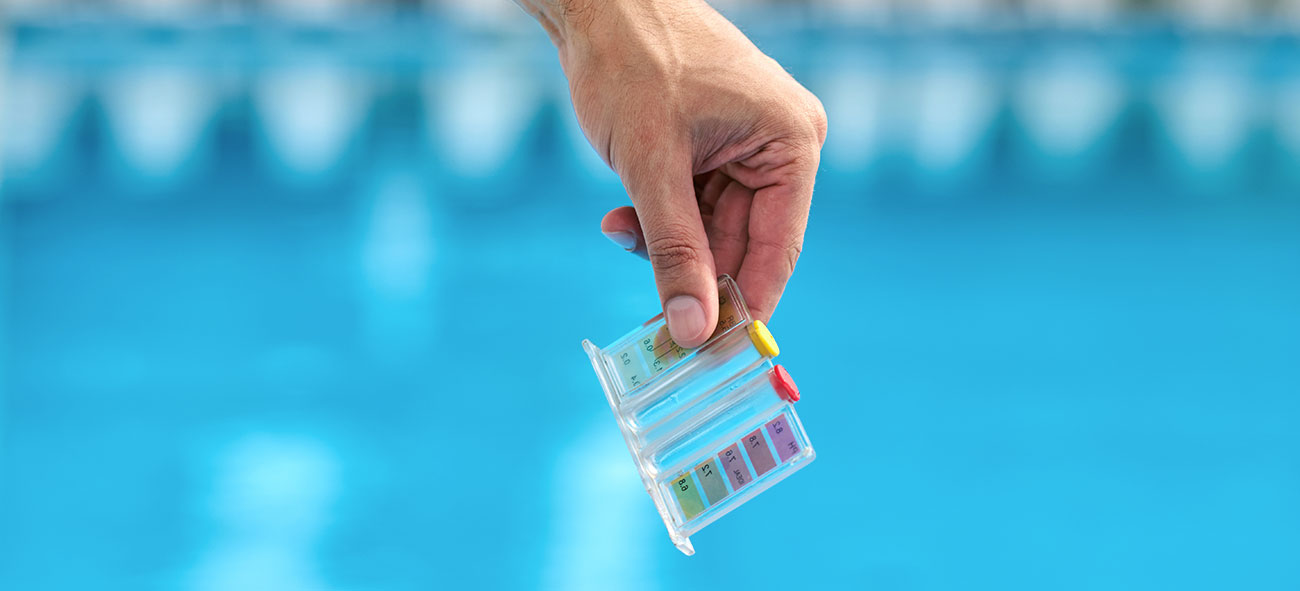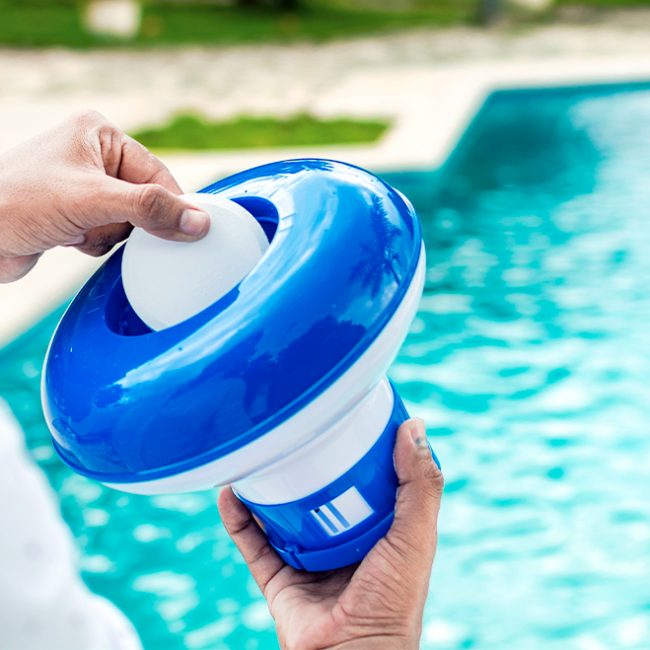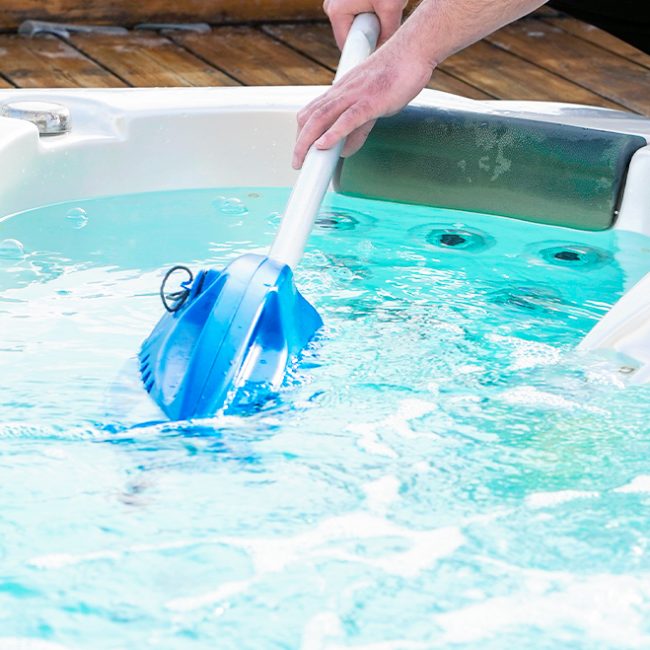The Essential Guide to Hot Tub Maintenance: Testing Frequency and Treatment Tips
Keeping your hot tub in perfect condition is key to enjoying its benefits year-round. A crucial aspect of hot tub maintenance is understanding how often to test the water and the best practices for treating it. This guide will provide you with essential insights into maintaining your hot tub effectively.

Understanding the Importance of Regular Testing
Testing your hot tub water is vital for ensuring a safe and enjoyable soaking experience. Regular testing helps maintain the right balance of chemicals, preventing issues like skin irritation, waterborne illnesses, and equipment damage.
How Often Should You Test Your Hot Tub?
The frequency of testing your hot tub water can depend on several factors, including usage frequency, number of users, and environmental elements. As a general rule, it’s recommended to test your hot tub water at least twice a week. However, if your hot tub sees heavy use, increasing the testing frequency to after each use is advisable.
Essential Tests for Hot Tub Water
When testing your hot tub water, focus on these key parameters:
- pH Levels: The pH level of your hot tub should ideally be between 7.4 and 7.6. This range ensures comfort for your skin and eyes and prevents damage to your hot tub components.
- Sanitizer Levels: Whether you use chlorine or bromine, maintaining the correct sanitizer level is crucial for keeping the water clean and germ-free. Chlorine levels should be between 1-3 ppm (parts per million), while bromine levels should be around 3-5 ppm.
- Alkalinity: Total alkalinity helps stabilize pH levels. Aim for an alkalinity range of 80-120 ppm.
Treating Your Hot Tub: Best Practices
Maintaining your hot tub involves more than just balancing the water chemistry. Here are some essential treatment practices:
- Sanitizing: Regularly add chlorine or bromine to maintain appropriate sanitizer levels. Consider using a floating dispenser for a consistent release of sanitizer.
- Shocking the Water: Shock your hot tub weekly or after heavy use. Shock treatment helps break down organic waste and restores the effectiveness of the sanitizer.
- Preventing Algae and Scale: Use algaecides and scale inhibitors as preventive measures, particularly if your hot tub is outdoors or in an area with hard water.
- Cleaning Filters: Clean your hot tub filters every 2-4 weeks and replace them annually or as recommended by the manufacturer.
- Draining and Refilling: Depending on usage, drain and refill your hot tub every 3-4 months. This refreshes the water and helps maintain a clean system.
Conclusion
Regular testing and proper treatment are the essentials of effective hot tub maintenance. By adhering to these guidelines, you can ensure your hot tub remains a safe, clean, and relaxing retreat. Remember, a little effort goes a long way in extending the life of your hot tub and enhancing your soaking experience.





Post a comment: